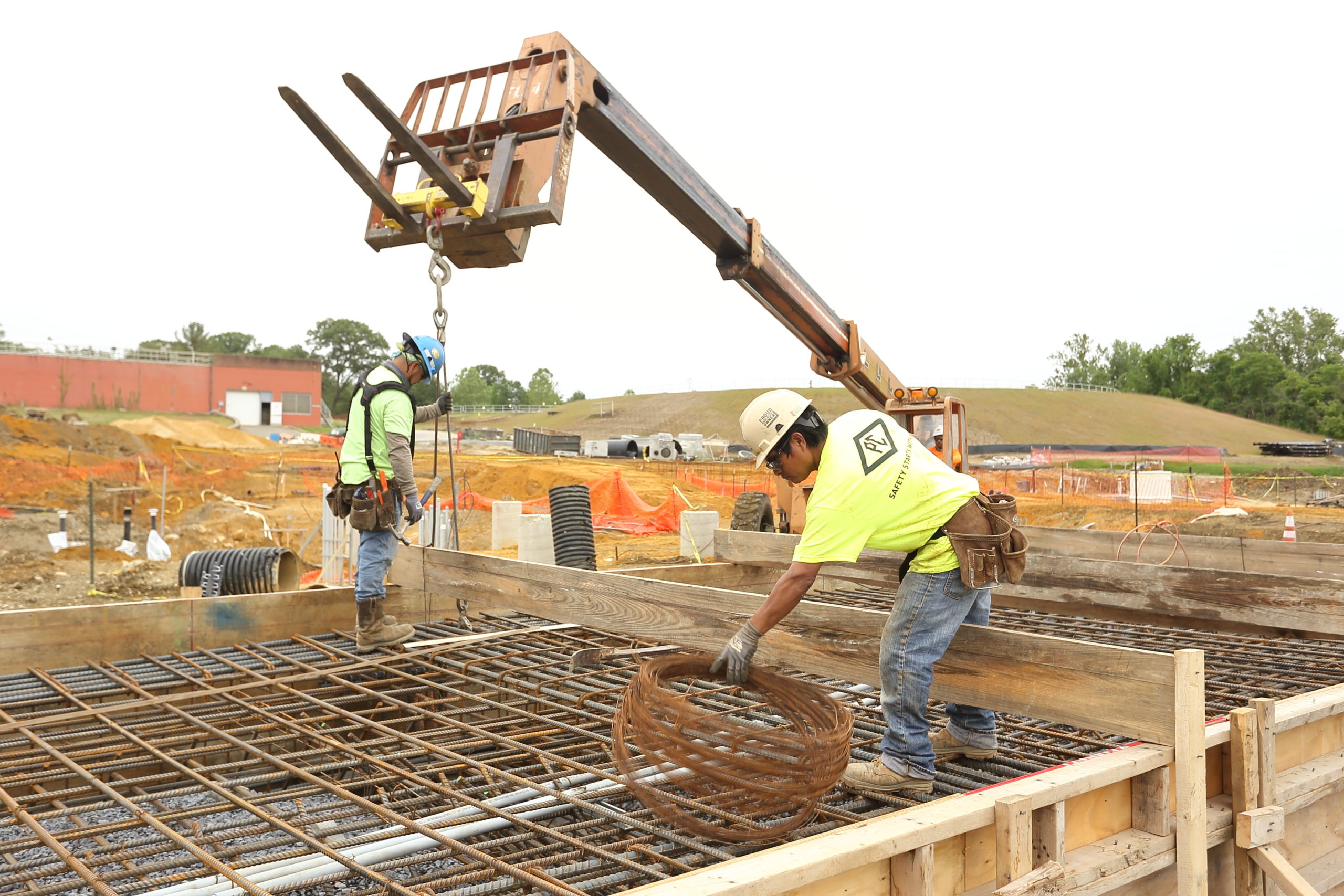
The construction industry creates opportunity in a variety of ways, from rewarding careers to enjoyable experiences. And, those opportunities aren’t limited to a set group of people. In fact, the construction industry supports accessibility for all, arguably more than any other industry. As International Day of Persons with Disabilities approaches, we invite all construction crews to reset their focus beyond the expected and to a truly equitable industry.
December 3rd is International Day of Persons with Disabilities. This global awareness day began in 1992 with a goal of bringing awareness to the current situation of people with disabilities and promoting their rights and well-being.
The United Nations defines a disability as “a condition or function judged to be significantly impaired relative to the usual standard of an individual of their group.” They provide a few statistics on their website that you might find surprising:
- 1 in 10 children has a disability.
- Nearly half of all people 60 years and older have a disability.
- 15% of the world’s population live with a disability.
- 1 in 7 people worldwide have a disability.
Given the large number of people that are impacted by a disability worldwide, it’s important that the construction industry considers their needs. Governing bodies including the Department of Justice (DOJ) and the Department of Transportation (DOT) issue standards that direct how we can make an impact through the Americans with Disabilities Act (ADA).
The ADA was established to ensure that commercial facilities and public spaces are accessible to all people, including those with physical or mental impairment that limits major life activities. Some conditions covered include:
- Deafness
- Blindness
- Intellectual disability
- Partially or completely missing limbs
- Autism
- Cancer
- Cerebral palsy
- Diabetes
- Epilepsy, muscular dystrophy, multiple sclerosis
The first ADA Accessibility Guidelines were published in 1991. These guidelines, and every edition since, outline specific building requirements for things like:
- Accommodations, such as a hotel or inn
- Bars and restaurants
- Entertainment facilities, including movie theatres, stadiums and shopping centers
- Public transportation stations
- Recreation areas like parks and zoos
- Schools, ranging from nursery age to postgraduate
These building requirements include new construction, as well as any alterations and additions made to older buildings. Before construction begins or changes are made, the Act requires that accessibility must be kept top of mind. All construction crews should view any renovations, remodels or rehabilitations that affect the usability, outside of simple maintenance, as an opportunity to improve accessibility.
No matter if a construction project is creating a new building from the ground up or modifying an existing structure, the overall functionality of a building is especially important. This includes employee work areas and merchandising, as well as paths of travel, which creates a clear route from the exterior to the interior of a building.
It’s clear that commercial facilities can be constructed for the good of all. But the construction industry’s impact doesn’t end there. Individuals with disabilities can support themselves by working within the industry itself. As long as an employer doesn’t face undue hardship, they are required by law to make reasonable adjustments for employees with disabilities. Reasonable adjustments can come in the form of providing a particular type of control on a piece of machinery or distributing tasks appropriately to best suit the strengths of each individual.
The construction industry has the opportunity to make a real impact in the lives of all people, including those with disabilities. This December 3rd, we encourage you to commit to making an impact through every project you work on and every person you employ.